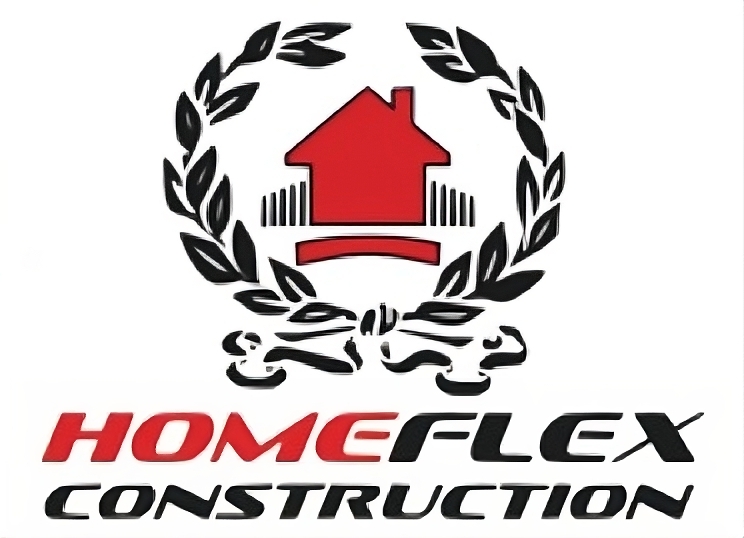Choosing between brick and concrete may seem like a simple decision, but in a city like New York, where weather, architectural character, and urban demands collide, it’s a decision that deserves careful thought. Both materials offer durability and design appeal, but they perform differently depending on your goals and the specific needs of your property.
If you’re planning a construction, renovation, or restoration project, this guide breaks down the pros and cons of brick and concrete so you can make an informed choice.
Comparing: Brick vs. Concrete for Urban Living
While both brick and concrete are long-standing staples in NYC construction, each material has its own personality. Brick brings historical charm and low maintenance, while concrete offers versatility and a more contemporary look. Let’s explore how they compare across the categories that matter most to New York homeowners.
1. Durability in Harsh Weather
Brick is naturally strong and stands up well to NYC’s temperature swings, from winter freezes to summer heat. It resists UV damage and doesn’t rot, making it a solid long-term choice for facades and walkways.
Concrete is also tough, but it can be more prone to cracking from freeze-thaw cycles unless it’s properly sealed or mixed with additives. However, with the right treatment, it can last just as long as brick.
2. Maintenance Needs
Brick requires minimal upkeep. A simple rinse and occasional repointing of mortar joints are usually enough to keep it looking fresh.
Concrete may need more attention. Sealing is often necessary to protect it from moisture, stains, and surface wear. If cracks appear, they should be repaired promptly to avoid spreading.
3. Aesthetic Appeal
Brick offers a timeless, warm appearance that blends beautifully with NYC’s historic architecture. It’s an excellent match for brownstones, pre-war buildings, and classic row homes.
Concrete is a blank canvas. It can be poured, stamped, or tinted to mimic natural stone or modern tiles. For those seeking a sleek or minimalist vibe, concrete offers more visual customization.
4. Energy Efficiency
Brick has excellent thermal mass, which helps regulate indoor temperatures. It absorbs heat during the day and releases it at night, helping to reduce heating and cooling costs.
Concrete also has decent thermal mass but may heat up faster in the summer without insulation or reflective finishes. In rooftop or high-sun areas, extra planning may be required to offset this effect.
5. Cost and Installation
Concrete is typically less expensive to install, especially when poured in large sections. It’s also faster to work with, which can save on labor.
Brick installation is more labor-intensive and can be pricier upfront. However, the longevity and minimal maintenance of brick may balance out the investment over time.
6. Fire Resistance and Safety
Both brick and concrete are non-combustible, which makes them excellent choices in terms of fire safety. Brick, in particular, offers exceptional fire resistance, which is a strong advantage in densely built NYC neighborhoods.
Concrete also performs well under high temperatures, especially when used in fire-rated assemblies or as part of reinforced wall systems.
7. Environmental Impact
Brick is made from natural clay and typically lasts for decades, even centuries. Some manufacturers now offer bricks made from recycled materials or cleaner-burning kilns, lowering the environmental footprint.
Concrete has a larger carbon footprint due to cement production, but recent innovations like carbon-infused or recycled concrete are improving its eco-credentials.
8. Best Uses Around the Home
Brick is great for façades, chimneys, retaining walls, and garden borders. It brings warmth and tradition to outdoor patios and entryways.
Concrete shines in driveways, walkways, patios, and foundations. Its adaptability means it can be used almost anywhere, especially where design freedom or budget constraints are a concern.
Conclusion
Both brick and concrete are excellent building materials, but the better choice for your NYC home depends on your style, budget, and long-term goals. Brick offers classic elegance and longevity, ideal for historic or traditional settings. Concrete provides design flexibility and affordability, perfect for modern builds or larger surface areas.
Whether you’re updating your front steps or designing a full renovation, Homeflex Construction Corporation is here to guide you through every decision. Our team specializes in tailored masonry solutions for every corner of New York. Let us help you choose the right material for your home’s future.
